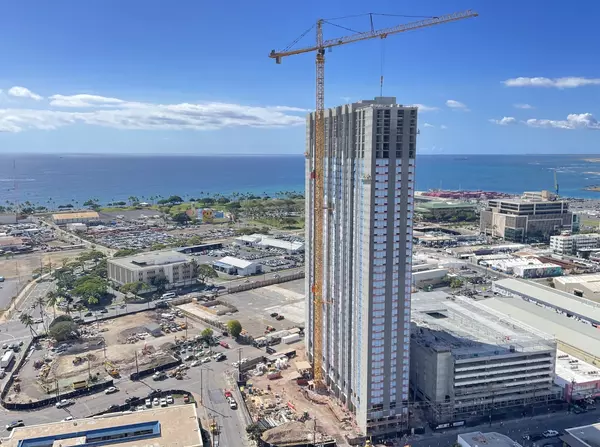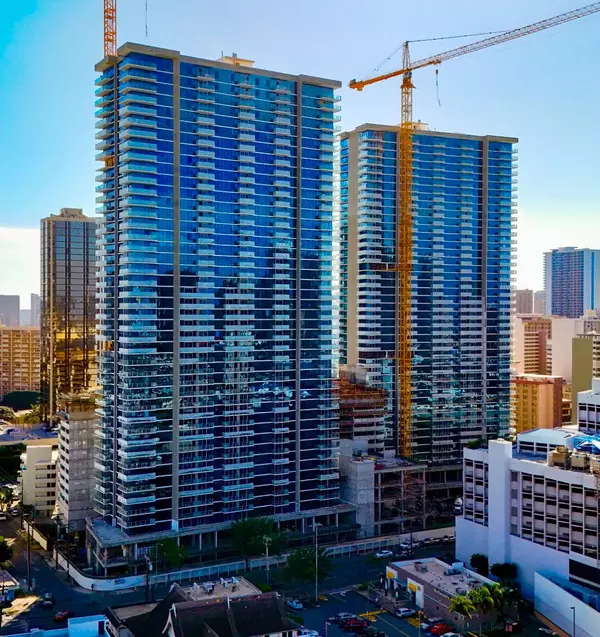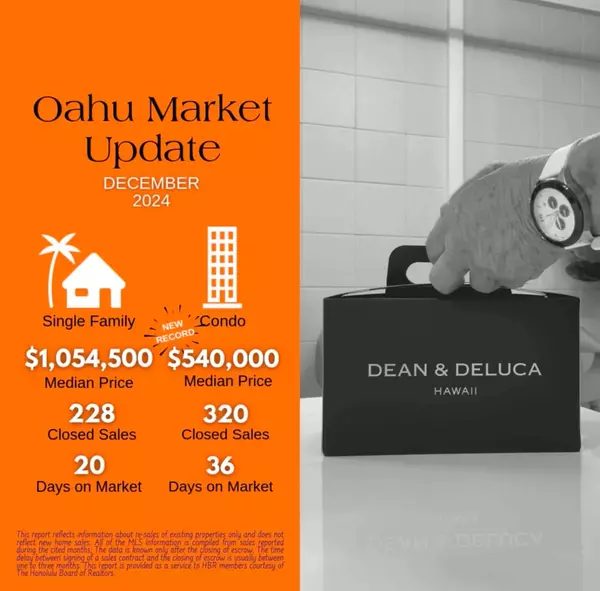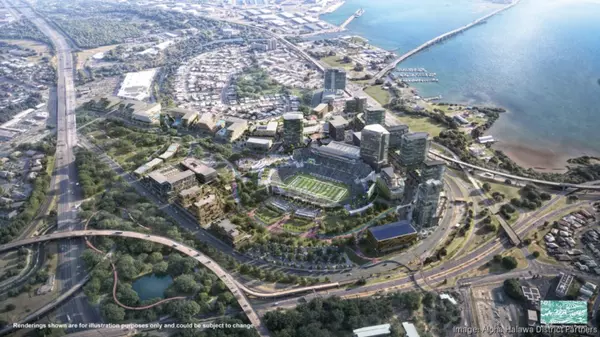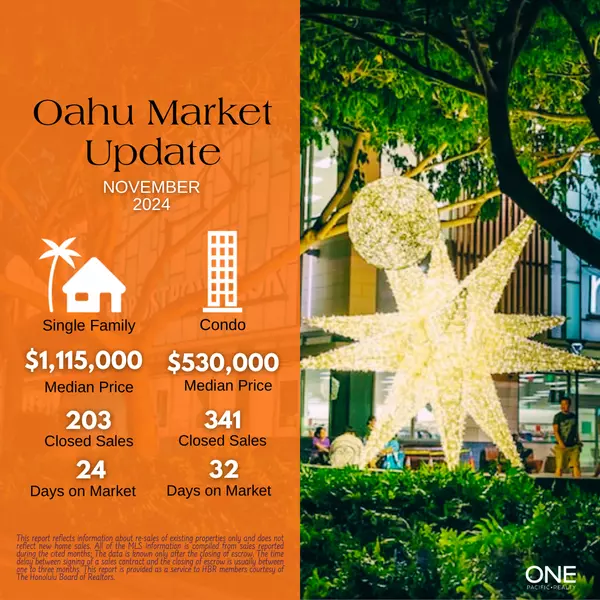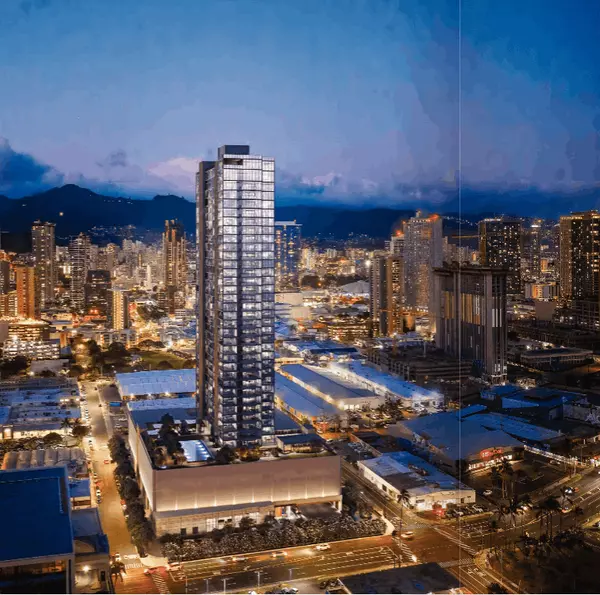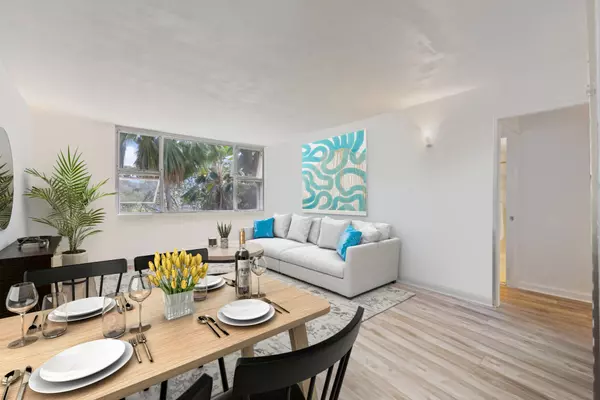Hawaii Lawmakers Push for More Homestead Funding to Address Housing Needs
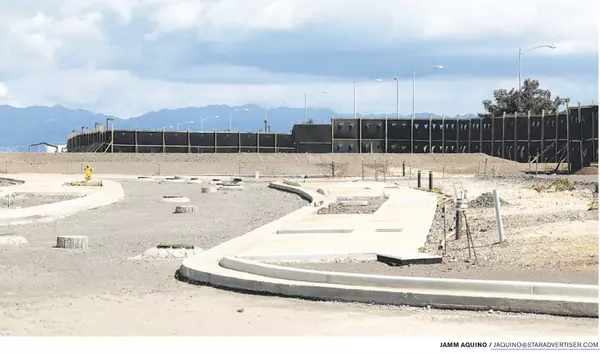
Hawaii’s lawmakers are taking significant steps to increase funding for the Department of Hawaiian Home Lands (DHHL) in an effort to provide more homesteads for Native Hawaiian beneficiaries. Following a historic $600 million allocation in 2023, legislators are now considering additional funding measures to accelerate the development of homesteads and reduce the growing waitlist of applicants. Proposed Legislation for More Funding Two bills have recently advanced in the state House of Representatives, both aimed at increasing financial support for DHHL. One bill proposes another $600 million allocation for homestead development, ensuring the agency has the necessary funds to continue building homes. The second bill suggests increasing Hawaii’s transient accommodations tax (TAT) by 1 percentage point, with the additional revenue—estimated at $90 million or more annually—dedicated to DHHL. Both bills are being championed by the 13-member bipartisan House Native Hawaiian Affairs Caucus. Representative Diamond Garcia highlighted the importance of continued funding, stating that while the initial $600 million allocation has led to progress, much more work remains. Another strong advocate, Representative Daniel Holt, emphasized that the waitlist, currently at nearly 30,000 people, needs innovative solutions, such as the proposed tax increase, to expedite homestead development. Public Response and Legislative Progress The bill for an additional $600 million allocation passed an initial public hearing with unanimous support in the House Committee on Housing. Meanwhile, the tax-related bill also advanced, though it received mixed public feedback. Supporters argue that dedicated funding will help alleviate Hawaii’s housing crisis, while opponents, including the Grassroot Institute of Hawaii, warn that increasing the hotel tax could negatively impact the state’s tourism industry. Despite concerns, the need for action is urgent. Over 2,100 DHHL beneficiaries have died while on the agency’s waitlist, and many families have been waiting for generations. Advocates stress that funding DHHL is not just about housing—it’s about fulfilling a long-standing commitment to Native Hawaiians. The Impact of Additional Funding If approved, the $600 million allocation could result in the development of 2,000 new homestead lots. DHHL Director Kali Watson outlined how prior funding has already supported 28 ongoing projects, with thousands of lots expected to be completed by 2030. However, he also noted that an estimated $6 billion is needed to fully eliminate the waitlist. Among the potential projects: Kauai: $120 million could fund 250 lots on newly acquired land in Lihue, part of a broader plan for 1,000 homes. Hawaii Island: $75 million could develop a 300-lot initial phase in Panaewa. Oahu: $68 million could create 250 additional lots in the Ka‘uluokaha‘i community in East Kapolei. Maui: $40 million could fund 250 more lots in the Kamalani project in Kihei, complementing the 150 lots already in progress. While questions remain regarding the best funding strategies—whether lump sum appropriations or line-item funding for specific projects—lawmakers recognize the urgency of providing homes to Native Hawaiian families. What’s Next? Both bills still face additional hearings and must be reviewed by multiple House committees before moving to a full House vote. If successful, they will proceed to the Senate for further consideration. With strong legislative backing and community advocacy, these funding measures could be a critical step toward addressing Hawaii’s housing crisis and honoring commitments to Native Hawaiian beneficiaries. As discussions continue, it remains clear that expanding homestead opportunities is a priority for both lawmakers and the community. Real estate professionals and residents alike should stay informed as these proposals move forward, as they will play a crucial role in shaping Hawaii’s housing landscape for years to come. Source: Star Advertiser 2/9/25
Read MoreO‘ahu Housing Market Gains Momentum In 2025
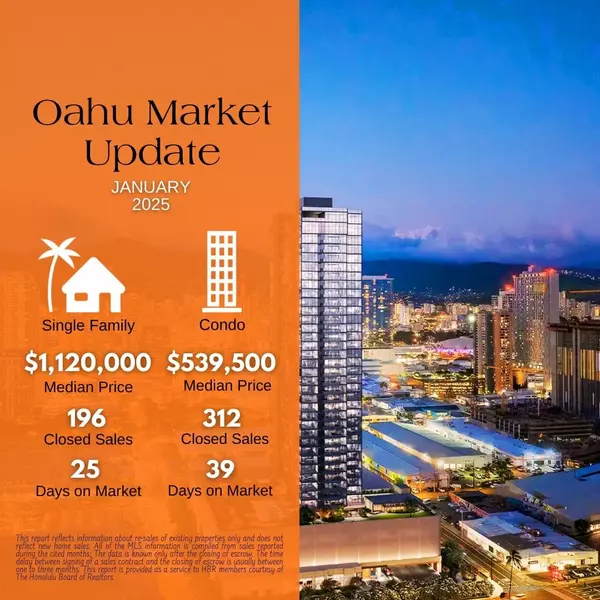
O’AHU, HAWAII: O‘ahu Housing Market Gains Momentum In 2025 O’ahu’s housing market saw an active start to the year, with both single-family home and condo sales increasing year-over-year. In January, inventory expanded, providing buyers with more options across price points. New listings increased, with 336 single-family home listings, up 17.9%, and 739 condo listings, up 27.2% year-over-year. Active inventory also grew, rising 20.9% for single-family homes and 54.9% for condos. For the complete January Housing Report: info@onepacificrealty.com Kali’u Ala Moana Night #RealEstateStats #OahuReport #Hawaii #ONEPacificRealty #HomeInTheIslands #KaliuAlaMoana
Read MoreHawaii Explores New Affordable Housing Model with 99-Year Leasehold Condos
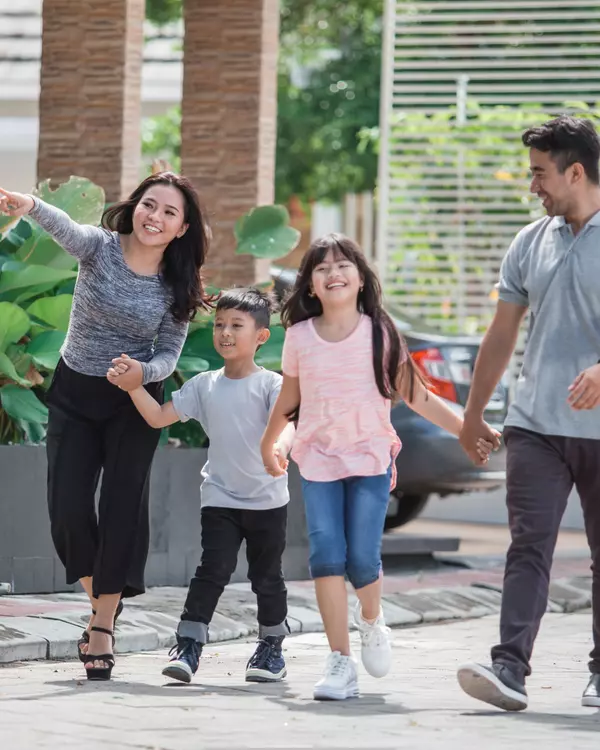
Hawaii is testing an innovative approach to address its housing crisis by developing a high-rise condominium project with 99-year leasehold units, designed to provide more affordable homeownership options for local residents. The proposed $200 million tower in Honolulu would offer 360 units, with prices ranging from $456,400 for a one-bedroom to $862,600 for a four-bedroom unit. Led by the Hawaii Community Development Authority (HCDA), this state-backed initiative follows a model similar to Singapore’s government-run housing program. The goal is to make homeownership more attainable without long-term costs to taxpayers, as revenue from unit sales is expected to cover development expenses. At the end of the lease term, ownership of the property would revert to the state. While HCDA has secured $1.5 million for preliminary planning, the agency is now seeking an additional $30 million in state funding to move forward. The project's feasibility depends on sufficient buyer interest and the ability to secure financing. Ko Laila LLC, the selected developer, is currently evaluating costs and potential sites, including Kakaako and areas along the Skyline rail route. To qualify, buyers must meet income restrictions, with eligibility capped at 140% of Honolulu’s median income (around $156,000 for couples and $195,000 for a family of four). The state hopes to make units even more accessible for households earning the median income, roughly $111,000 for a couple and $139,000 for a family of four. A 2021 study suggested strong demand for leasehold condos, particularly for two-bedroom units priced at $400,000—far below the cost of comparable fee-simple units. However, financing remains a challenge, as private lenders may be reluctant to invest without additional state support. If enough buyer interest is confirmed and funding secured, this pilot project could serve as a blueprint for future affordable housing developments in Hawaii. However, if demand or financing falls short, the initiative may not proceed beyond its planning phase. What are your thoughts? Source: Star Advertiser 2/5/25
Read More
Categories
- All Blogs 113
- Activities 6
- Affordable Housing 37
- Affordable Rentals 6
- Agent Appreciation 1
- Agents 6
- Ala Moana 9
- ANNOUNCEMENTS 36
- Buyer's Agent 26
- Coming Soon 16
- Commercial Real Estate 4
- Community 29
- Company Events 1
- Condos 52
- Condotel 1
- Consumers 4
- Department of Hawaiian Home Lands 1
- Dining 6
- Downtown 4
- Family 6
- First-time Buyer 31
- Hawaiian Homestead 1
- Holidays 5
- Homeowners 35
- Ililani 3
- Investor 37
- Kakaako 34
- Kalae 4
- Kuilei Place 3
- Launiu 4
- Lending 2
- Listing Agent 4
- Luxury Condos 16
- MidTown Ala Moana 13
- MODEA 1
- Monthly Market Update 16
- Mortgages 3
- Neighborhood 44
- New Condos 31
- New Construction 52
- New Listing 5
- Open House 5
- Park On Keeaumoku 5
- Pet Friendly 7
- Price Reduction 2
- Real Estate 56
- Reserved Housing 17
- Residential Real Estate 41
- Retail 6
- Single Family 11
- Special Occasion 4
- Tax Benefits 5
- The Flats At Ala Moana 1
- Townhouse 10
- Ulana 4
- VA Approved 4
- Vacation Rental 1
- Waikiki 4
- Ward Village 20
- Workforce Housing 14
Recent Posts



